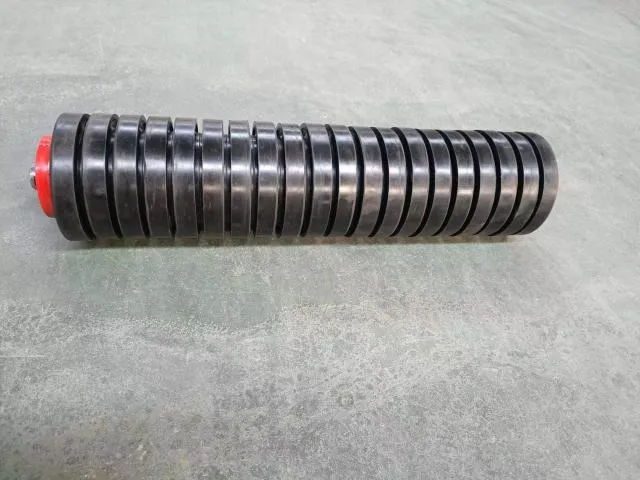 Afrikaans
Afrikaans  Albanian
Albanian  Amharic
Amharic  Arabic
Arabic  Armenian
Armenian  Azerbaijani
Azerbaijani  Basque
Basque  Belarusian
Belarusian  Bengali
Bengali  Bosnian
Bosnian  Bulgarian
Bulgarian  Catalan
Catalan  Cebuano
Cebuano  Corsican
Corsican  Croatian
Croatian  Czech
Czech  Danish
Danish  Dutch
Dutch  English
English  Esperanto
Esperanto  Estonian
Estonian  Finnish
Finnish  French
French  Frisian
Frisian  Galician
Galician  Georgian
Georgian  German
German  Greek
Greek  Gujarati
Gujarati  Haitian Creole
Haitian Creole  hausa
hausa  hawaiian
hawaiian  Hebrew
Hebrew  Hindi
Hindi  Miao
Miao  Hungarian
Hungarian  Icelandic
Icelandic  igbo
igbo  Indonesian
Indonesian  irish
irish  Italian
Italian  Japanese
Japanese  Javanese
Javanese  Kannada
Kannada  kazakh
kazakh  Khmer
Khmer  Rwandese
Rwandese  Korean
Korean  Kurdish
Kurdish  Kyrgyz
Kyrgyz  Lao
Lao  Latin
Latin  Latvian
Latvian  Lithuanian
Lithuanian  Luxembourgish
Luxembourgish  Macedonian
Macedonian  Malgashi
Malgashi  Malay
Malay  Malayalam
Malayalam  Maltese
Maltese  Maori
Maori  Marathi
Marathi  Mongolian
Mongolian  Myanmar
Myanmar  Nepali
Nepali  Norwegian
Norwegian  Norwegian
Norwegian  Occitan
Occitan  Pashto
Pashto  Persian
Persian  Polish
Polish  Portuguese
Portuguese  Punjabi
Punjabi  Romanian
Romanian  Russian
Russian  Samoan
Samoan  Scottish Gaelic
Scottish Gaelic  Serbian
Serbian  Sesotho
Sesotho  Shona
Shona  Sindhi
Sindhi  Sinhala
Sinhala  Slovak
Slovak  Slovenian
Slovenian  Somali
Somali  Spanish
Spanish  Sundanese
Sundanese  Swahili
Swahili  Swedish
Swedish  Tagalog
Tagalog  Tajik
Tajik  Tamil
Tamil  Tatar
Tatar  Telugu
Telugu  Thai
Thai  Turkish
Turkish  Turkmen
Turkmen  Ukrainian
Ukrainian  Urdu
Urdu  Uighur
Uighur  Uzbek
Uzbek  Vietnamese
Vietnamese  Welsh
Welsh  Bantu
Bantu  Yiddish
Yiddish  Yoruba
Yoruba  Zulu
Zulu head and tail pulley
Understanding Head and Tail Pulleys in Conveyor Systems
In various industrial applications, the efficient movement of goods and materials is a critical component of operational success. One of the most effective ways to achieve this is through conveyor systems, which utilize a combination of pulleys and belts to transport items from one point to another. Among the various components of these systems, head and tail pulleys play crucial roles in facilitating the smooth operation of conveyors.
What are Head and Tail Pulleys?
In a conveyor system, pulleys are circular components that rotate around an axis, typically mounted on bearings. The head pulley is located at the discharge end of the conveyor, while the tail pulley is situated at the loading end. Both play integral roles in the system's functionality the head pulley drives the movement of the conveyor belt, and the tail pulley ensures proper tension and alignment of the belt.
The head pulley is usually powered by a motor, which provides the necessary force to move the belt and transport materials. When the motor turns the head pulley, it rotates the conveyor belt and moves the materials towards the discharge end. This action enables a continuous flow of goods, which is essential for maintaining productivity in many industrial settings.
Conversely, the tail pulley does not have a power source. Instead, it serves to guide the belt and maintain the proper tension necessary for effective operation. The tail pulley also provides support for the belt as it returns to the loading area, ensuring that the system remains efficient and that the materials do not fall off during transport.
Functions of Head and Tail Pulleys
1. Belt Drive The primary function of the head pulley is to drive the conveyor belt. The pulley transfers the motor's rotational energy to the belt, allowing it to move smoothly along the carrying surface.
2. Tension Regulation The tail pulley is responsible for maintaining the correct tension in the conveyor belt. Proper tension is crucial to prevent slippage, misalignment, or stretching of the belt, which could lead to system failures and reduced efficiency.
3. Belt Alignment Both head and tail pulleys assist in keeping the conveyor belt properly aligned. Misalignment can lead to excessive wear on the belt and other components, resulting in costly repairs and downtime.
head and tail pulley

4. Material Handling Together, these pulleys facilitate the safe and effective handling of various materials. Whether transporting heavy loads, loose materials, or packaged goods, the proper functioning of head and tail pulleys is essential.
Maintenance of Head and Tail Pulleys
Like any mechanical component, head and tail pulleys require regular maintenance to ensure their longevity and reliability. Key maintenance practices include
- Regular Inspections Routine inspections should be conducted to check for signs of wear, corrosion, or damage. Early detection can prevent major breakdowns.
- Lubrication Bearings in both head and tail pulleys should be adequately lubricated to minimize friction and ensure smooth rotation.
- Belt Alignment Checks Regularly check the alignment of the belt. Misalignment not only affects efficiency but can also lead to premature wear.
- Tension Adjustment Ensure that the tension of the conveyor belt remains within the optimal range, adjusting it as necessary to prevent slippage or excessive pressure on components.
Conclusion
Head and tail pulleys are essential components of conveyor systems that contribute to their efficiency and effectiveness in material handling. Understanding their functions and maintaining them properly is crucial for ensuring the smooth operation of conveyor systems in various industrial applications. By recognizing the importance of these pulleys, businesses can optimize their material handling processes, ultimately leading to increased productivity and reduced operational costs. Proper installation, maintenance, and care for head and tail pulleys will pay off by extending the lifespan of the conveyor system and enhancing its reliability.
-
Revolutionizing Conveyor Reliability with Advanced Rubber Lagging PulleysNewsJul.22,2025
-
Powering Precision and Durability with Expert Manufacturers of Conveyor ComponentsNewsJul.22,2025
-
Optimizing Conveyor Systems with Advanced Conveyor AccessoriesNewsJul.22,2025
-
Maximize Conveyor Efficiency with Quality Conveyor Idler PulleysNewsJul.22,2025
-
Future-Proof Your Conveyor System with High-Performance Polyurethane RollerNewsJul.22,2025
-
Driving Efficiency Forward with Quality Idlers and RollersNewsJul.22,2025





























